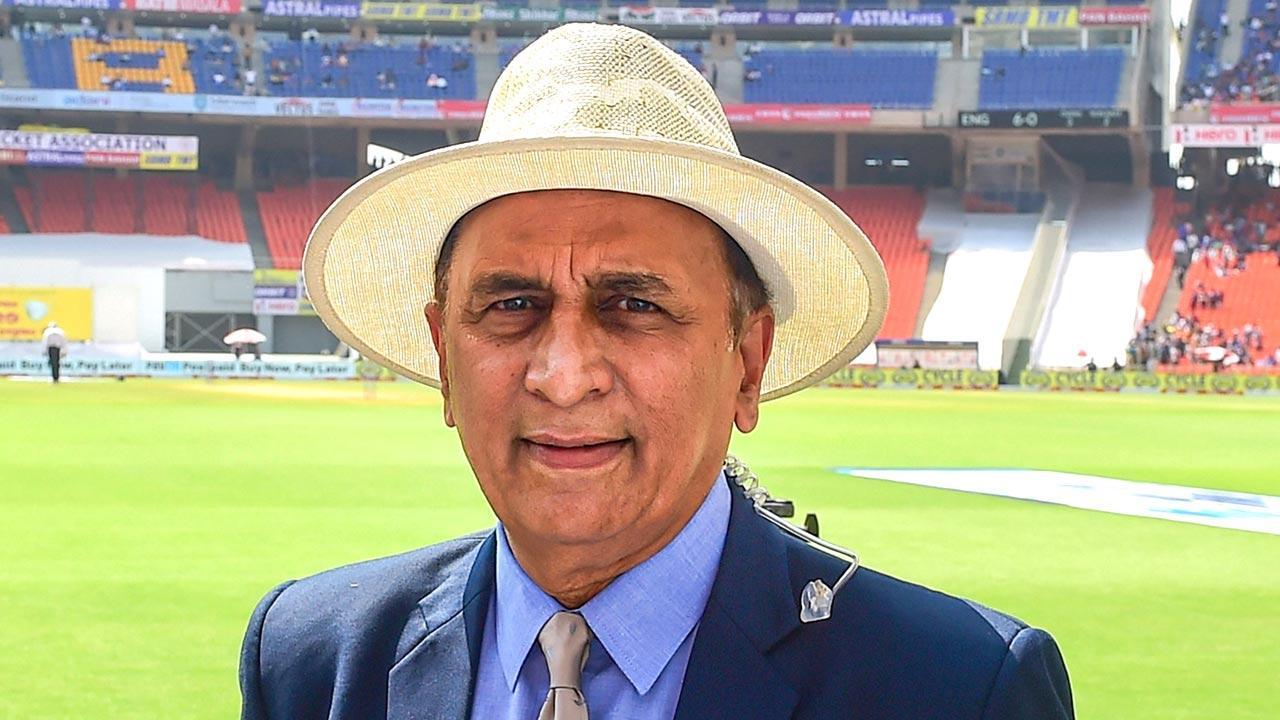Now, the ICC has extended the height of the stumps to include top half of the bails and allowed the fielding side to first ask an umpire if the batsman has offered a shot before going for the review.

Sunil Gavaskar. Pic/PTI
Despite criticism from cricket stalwarts like Sunil Gavaskar and current India captain Virat Kohli, the International Cricket Council (ICC) has decided to retain the Umpire's Call but has made significant changes to the Lef Before Wickets (LBW) reviews.
ADVERTISEMENT
Now, the ICC has extended the height of the stumps to include top half of the bails and allowed the fielding side to first ask an umpire if the batsman has offered a shot before going for the review.
"The Cricket Committee had an excellent discussion around Umpire's Call and analysed its use extensively. The principle underpinning DRS (Decision Review System) was to correct clear errors in the game whilst ensuring the role of the umpire as the decision-maker on the field of play was preserved, bearing in mind the element of prediction involved with the technology. Umpire's Call allows that to happen, which is why it is important it remains," the Cricket Committee chairman Anil Kumble was quoted as saying in an ICC statement on Thursday.
As per changes made to the umpire's DRS, the ICC Cricket Committee decided that the height of the stumps will be increased from 28 inches to 28 1/2 inches for LBW decisions.
"For LBW reviews, the height margin of the wicket zone will be lifted to the top of the stumps to ensure the same Umpire's Call margin around the stumps for both height and width," said the statement.
The change could see an increase in LBW decisions. In the final ODI between England and India recently, England pace bowler Mark Wood was given out LBW but on review, showed replays, the ball was missing the stumps by a whisker. Although it seemed to touch the top of the bail, it was given not out on review as it was going beyond 28 inches.
The ICC further stated: "A player will be able to ask the umpire whether a genuine attempt has been made to play the ball before deciding to review an LBW decision."
During the second Test of the recent series between India and England, visiting captain Joe Root lost a review after the on-field umpire deemed that Rohit Sharma was playing a shot off Moeen Ali and declared him 'not out'. The English players had appealed thinking that Rohit had not offered a shot as he hid the bat behind his pads. As per new rule, the bowler or fielding captain could ask the umpire if the player has played a shot or not and then go for a review.
The committee also decided that the third umpire will check a replay of any short run.
"The third umpire will check a replay of any short run that has been called and correct any error prior to the next ball being bowled," said the ICC.
The ICC also said that the regulations, like ban on use of saliva and home umpires, brought into effect due to Covid-19, will continue.
"The interim COVID-19 regulations that were introduced in 2020 to allow international cricket to resume as quickly and safely as possible will continue to be applied," said the statement.
"These were as follows: the flexibility to be able to appoint home umpires where neutral umpires were previously required -- (i) the additional DRS review per team per innings in all formats; (2) the ban on using saliva to polish the ball, and (3) the availability of a COVID-19 replacement in Test matches," ICC further said.
"The committee noted the excellent performances by the home umpires over the past nine months but encouraged the more widespread appointment of neutral Elite Panel umpires whenever circumstances allow."
This story has been sourced from a third party syndicated feed, agencies. Mid-day accepts no responsibility or liability for its dependability, trustworthiness, reliability and data of the text. Mid-day management/mid-day.com reserves the sole right to alter, delete or remove (without notice) the content in its absolute discretion for any reason whatsoever
 Subscribe today by clicking the link and stay updated with the latest news!" Click here!
Subscribe today by clicking the link and stay updated with the latest news!" Click here!






